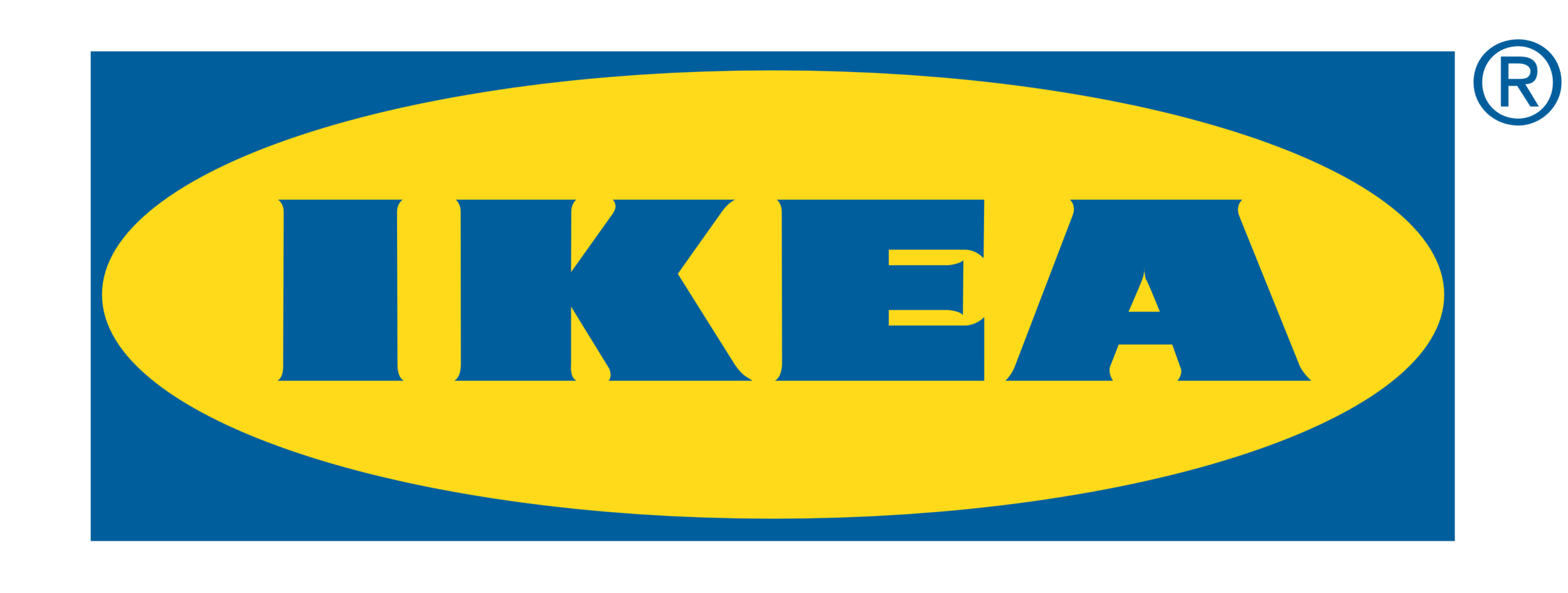The IKEA Effect
The Science
Dan Ariely and colleagues found participants preferred and felt more ownership over an object that they successfully assembled, compared to an identical pre-assembled version. They named this phenomena the IKEA Effect and proposed that it explains some of the fanaticism around IKEA’s “some assembly required” products.
The Lesson
When we want others to value something or feel ownership of something, we should find appropriate ways to invite them in on the making. This goes for managers with their employees, companies with consumers, and teachers with their students--anyone who wishes others to respectively value and feel ownership of company values, products, or lessons.
How to Use
The IKEA Effect works best when people feel successful in the making process, feel some autonomy or free choice in that process, and get a sense of investment via the labor.
In addition, and possibly most fundamentally, the effect works best, when it makes people feel competent and capable. My dissertation, done with Dan Ariely, found when people feel competent in something, they not only enjoy the thing more, but they also more strongly identify with it – it becomes more linked with their self-concept.
To get the best IKEA Effects, one should aim to create the right balance of a successful outcome, some freedom in making process, and enough difficult “labor” to ensure a sense of competence and investment.
The IKEA Effect in Action
Consumer Experience
When I worked on a park app that guided visitors, the goal was to not over-curate, allowing guests to successfully make and create their own Disney days. The result: Guests made their own successful days that they loved and even sometimes bragged about to others.
Company Training
Instead of fully defining a value like Nike’s “win as a team,” OYF guided Nike employees to collectively define the idea and immediately demonstrate it in new actions. The result: Employees embrace rather than resist training and become ready to learn and grow.
Product
IKEA provides items that require assembly, and, ideally, the optimal amount of difficulty to make people feel successful and competent as they build. The result: Customers have developed a general fanaticism that is nearly unrivaled in its category.
The IKEA Effect At OYF: The The Grapple
For years, we have been teaching people to include “grapples” in their presentations. What’s a grapple? Not, as everyone first says, “a grape apple.”
It is a technique for getting your audience to stretch for information instead of just giving it to them. It can take the form of a quiz, an image or figure that you can put on the screen, or some other non-obvious puzzle that gets people to lean in and try and figure something out.
It helps people retain information AND creates more engagement in a presentation.
All this time, we never knew we were leveraging the IKEA effect!
The Ikea Effect in Education
Summary: If you want an audience to immediately value and take ownership of a concept, have them immediately start assembling and creating with the concept. Skip or delay the lecture and let the audience get to making immediately.
In my class, whenever I teach students a new concept, in nearly the same breath that I teach them, I have them start ideating and creating with the concept.
To do this, I give the students a brief definition of a concept, like “Start With Care,” or “Identity Marketing,” or even “IKEA Effect,” and, then, I have them immediately ideate and create new uses for the concept. Importantly, we very quickly move from “examples” of how cool companies, scientists, or artists utilize the effect, to creating original uses of the concept.
For instance, when we learn the IKEA Effect itself, students come up with new ways their own favorite local restaurant or Oregon sports team could use the effect. Within ten minutes of learning the IKEA Effect, they all have an idea for something like a DIY sandwich station at a local favorite or a make your sign station at a football game.
At OYF, we use this same method in trainings. When OYF teaches employees about the importance of taking a “shark walk” break during the business day, we have them immediately come up with a rough draft of a personal shark walk – long before Professor Campbell’s advanced science comes in. When OYF does a “values to action” training with companies, we don’t spend one hour defining a value, we spend one minute and then get the audience immediately ideating about how to take new actions in line with that value.
In all these cases, instead of a concept being something foreign, the concept is immediately connected to personal ideas. Of course, everyone needs to refine and learn more, but side-stepping lecture in favor of, first, creating is always better, and weaving in personal creation through any additional lecture is almost always the best and most fun way to teach, train, and ideate.
To end this discussion, I wanted to add something I do at the end of the day I teach the IKEA Effect to my students. On this day, I explain to my students that for the whole course, I have been using the IKEA Effect as a teaching method to make them value and feel more ownership of the concepts I teach.
The students love this reveal because, of course, they feel so much ownership over the IKEA Effect by now. Lots of my students even directly thank me at the end of term for using the IKEA Effect so much in class. They then tell me how they are going to use it with jobs, activism, friends, families, or the youth soccer team they coach. My last conversation with each student is usually about their favorite effect from class, which is not “something I taught them”; it is something they discovered, something that they made with, and, ultimately, something they feel is theirs.




